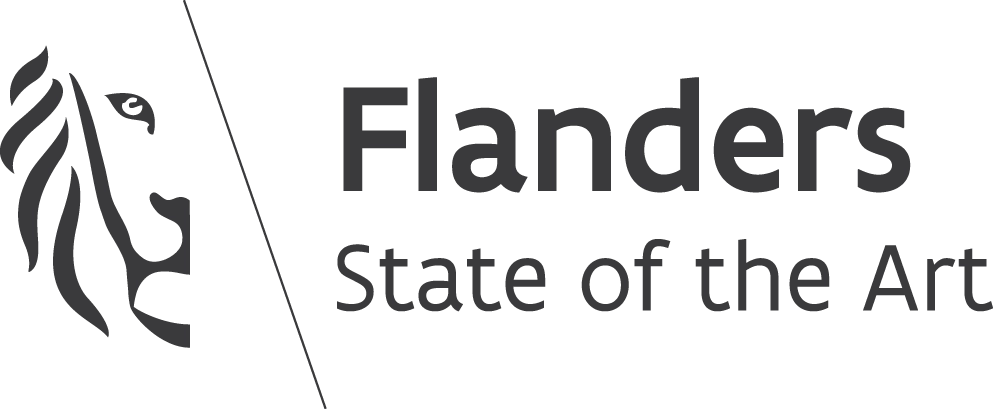ADHD: The Different Types and Their Symptoms
What is ADHD?
ADHD, or Attention Deficit Hyperactivity Disorder, is a neurodevelopmental disorder that affects a person's ability to focus, control impulses, and remain calm. Although often associated with children, the disorder also occurs in adults. ADHD is more than just "hyperactivity" or a short attention span. It is a disruption in the brain's self-regulation, which affects behavior, emotions, motivation, and social interactions. The disorder manifests in diverse ways and is therefore divided into three types, each with its own symptoms, presentations, and challenges.

Three types of ADHD
1. The predominantly inattentive type (ADD)
One of the three forms of ADHD is the predominantly inattentive type. This is often colloquially called ADD, although this term is no longer officially used in medical literature. Individuals with this type primarily struggle to maintain attention. They are easily distracted, lose focus during conversations or tasks, frequently forget appointments or items, and have difficulty following instructions or completing a project. They are often experienced as dreamy or absent-minded, which is sometimes mistakenly interpreted as laziness or indifference.
The symptoms are less visible to the outside world. Unlike hyperactive types, these individuals are rarely "too" prominent. This means that this form is often recognized late or not at all. This is often the case for girls or women. They learn to adapt until stress, burnout, or depression forces them to seek help, and a proper diagnosis only follows later in life.
2. The predominantly hyperactive-impulsive type
The second form of ADHD primarily manifests as excessive activity and impulsiveness. This is most readily recognized in children who have difficulty sitting still, often talk over others, and have difficulty waiting their turn. They often act before thinking, frequently interrupt others, and are constantly on the move. This behavior is sometimes perceived as disruptive or intrusive in school or social situations.
In adults, hyperactivity often takes a more subtle form. Instead of physical activity, a sense of inner turmoil develops: one feels constantly rushed, has difficulty sitting still or taking breaks, and sometimes talks excessively or quickly. However, impulsivity often remains, manifesting in ill-considered decisions, difficulty planning, or impulsive purchases. Here too, the behavior is not always correctly recognized and is misattributed to personality traits such as impatience, erratic behavior, or impulsiveness.
3. The combined type: the most common form
The third and most common form of ADHD is the combined type, which involves attention problems, hyperactivity, and impulsivity. This combination makes the symptoms particularly intense and often difficult to manage. People with this type of ADHD have difficulty concentrating on boring or lengthy tasks, become bored easily, are restless, sometimes overreact to stimuli, and have difficulty regulating their emotions. They frequently switch between tasks, leave work unfinished, and regularly experience conflict with their environment because they react unfiltered.
In practice, this leads to high levels of frustration, fatigue, and even fear of failure. The brain of someone with the combined type seems to be constantly "on," with no room for peace or perspective. As a result, many experience life as a battle against chaos and overstimulation. Yet, this type isn't always easy to recognize, especially when someone is intelligent and possesses strong verbal or social skills that allow them to mask the symptoms for a long time.

Differences through the stages of life
The way ADHD manifests itself often changes as a person gets older. Symptoms are usually most noticeable in children: they have difficulty sitting still, talk during class, are easily distracted, and seem disinterested in anything school-related. This behavior quickly leads to classroom problems and ensures that the disorder is diagnosed at a relatively young age.
Adolescents face new challenges. The increasing pressure of school, social relationships, adolescent emotions, and independence can lead to ADHD manifesting in mood swings, defiant behavior, insecurity, or anxiety. Planning, meeting deadlines, and studying become real stumbling blocks. A negative self-image also often develops during this phase, especially when young people feel "different" or constantly falling short.
Adults with ADHD often develop more subtle symptoms. The hyperactivity can creep in, manifesting as mental restlessness or overthinking. The lack of attention continues to gnaw at you and leads to chronic procrastination, difficulty with administrative tasks, missed appointments, or an inability to maintain structure at work and at home. Many struggle with perfectionism or stress. Relationships also come under pressure, as people with ADHD find it difficult to control emotional impulses or listen effectively. Sometimes, all of this even leads to burnout, depression, or addiction problems.
Comorbidity and the complex diagnostic process
ADHD rarely occurs alone. Many people with this disorder also suffer from comorbid mental health conditions, which are medically called comorbidity. Anxiety disorders, mood disorders, autistic traits, sleep problems, or addictive behaviors are common. These comorbidities can complicate or even obscure the diagnosis. Often, depression or burnout is treated first, while the ADHD itself remains undiagnosed.
Diagnosing ADHD is no easy task. The assessment requires behavioral observations, questionnaires, and interviews with the individual (and, in the case of children, with parents or teachers as well). It's important that the symptoms were already present before the age of 12 and that they occur in multiple contexts (at home, at school, or at work). ADHD should not be confused with temporary overload, emotional instability, or personality traits. It involves a persistent pattern of symptoms that permanently impact functioning.
ADHD in women: underdiagnosed and often masked
A particular point of attention in the diagnosis of ADHD is the difference in manifestation between men and women. Women with ADHD are less noticeable because their symptoms are often less pronounced. They are more likely to exhibit internalizing behavior: they worry, constantly question themselves, experience anxiety or depression, and constantly try to adapt to the expectations of the outside world. They are often perfectionistic, socially adapted, and conflict-avoidant. As a result, their symptoms go unnoticed for years or are misdiagnosed. Many women only receive a correct diagnosis after a severe burnout or prolonged therapy, during which it only gradually becomes clear that their brain functions differently.

ADHD Treatment
There's no one-size-fits-all treatment for ADHD. What helps varies from person to person, depending on their symptoms, stage of life, preferences, and goals. Some people benefit from medication, such as stimulants that influence dopamine and norepinephrine levels in the brain. These drugs can help improve focus and impulse regulation. However, medication isn't essential, and not everyone chooses it. Some experience too many side effects, prefer natural solutions, or feel uncomfortable with long-term use of pharmacological agents.
Fortunately, there are many other ways to manage ADHD. Cognitive behavioral therapy can help identify and change ineffective thought patterns and teach practical strategies. ADHD coaching offers guidance in daily life: learning to structure your work, household chores, schedule, and personal goals. Psychoeducation, understanding how your own brain works, is often a first step, leading to self-acceptance and better communication with others.
In addition, lifestyle adjustments can offer significant added value. Regular exercise, supplements, sufficient sleep, a low-stimulus workspace, a healthy diet, and periods of rest all positively influence concentration and mood. Mindfulness, breathing exercises, and creative expression also often have a soothing effect. The most important thing is that the treatment is tailored to the individual: their values, rhythm, and need for autonomy.
Different, but not less
ADHD isn't a defect, but a different way of processing information. It's a different brain wiring, which comes with pitfalls, but also unique talents. People with ADHD are often creative, intuitive, spontaneous, solution-oriented, and socially engaged. They think quickly, feel intensely, and often have a particularly strong sense of justice.



